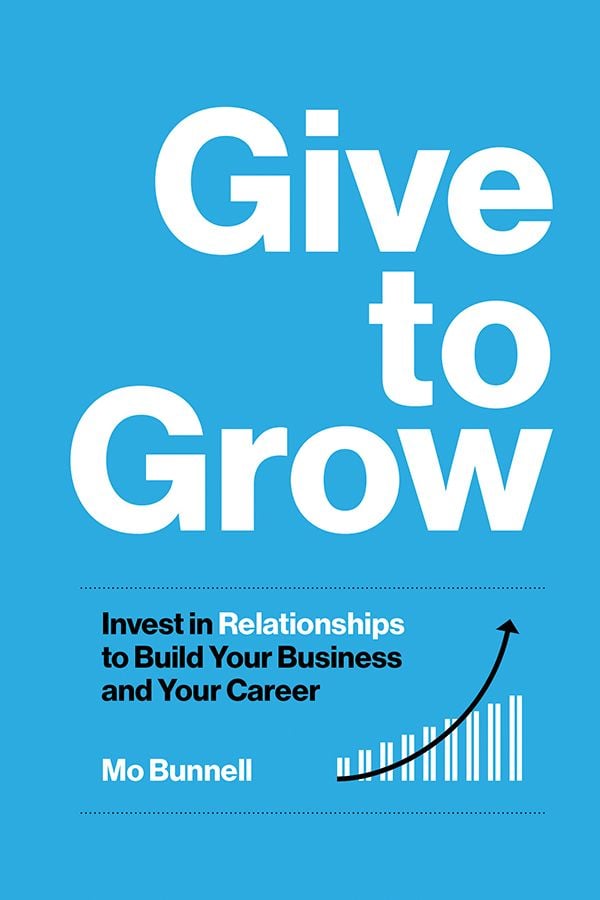Let this guide you during your meetings: What should I ask next to understand their priorities in their own words?
How to Cultivate Better Client Relationships
- Engage the pleasure center of their brain by asking them to share their unique perspective.
- Make them feel supported and understood by practicing active listening.
- Become more likable by asking follow-up questions when they’re sharing their perspective.
- Approach them with genuine curiosity.
Start by Asking Enjoyable Questions
The pleasure center of the brain is powerful. It’s firing when we’re eating great food or drinking a good cup of coffee, and asking your questions in a specific way can light up the pleasure center of someone else’s mind.
This is powerful — you can literally give your client a high by asking your questions in the right way.
Diana Tamir and her research teams tell us how to do this by using functional MRI machines to measure blood oxygenation in the brain. Her work tells us precisely when someone’s pleasure center is firing.
There’s so much to her work, but the main thing you need to remember is that the pleasure center lights up when someone is answering questions from their own personal perspective, sharing things only they know.
You’ve heard people say that “people love talking about themselves.” That might be true, but we can be more precise now that we know the science. People love sharing their personal perspective.
Your best questions are going to make it clear you want someone’s personal perspective on something — that’s what’ll get their pleasure center firing and give them a high. Not only will they be enjoying every moment, but you’ll be able to learn what you need to help them succeed, falling in love with their problem.
Here is an example:
Hey Katrina, this economy is crazy, and everyone has an opinion on what’s happening. You have a unique perspective as chief financial officer of a multinational retailer. What’s your take on where things are headed?
Notice the nuance. The question makes it clear we’re asking for something only Katrina knows. Imagine her response — she might answer for five or 10 minutes straight. She’ll be on a high and you’ll be learning with every word. Win-win!
Be Supportive as You Listen
You want to add supportive comments as others share their perspectives. This has benefits that pay off right away and down the road. Evan Kleiman shared this quote in one research study he and his team led:
We found that when people received supportive reactions after sharing something about themselves during the social interaction, this resulted in immediate positivity and a more positive memory of the event (remembered enjoyment and positive emotions) one week later.
So ask, listen and support. Sometimes it’s nothing more than “Wow, that must be tough seeing things in the organization before others do.” Or “I’m hopeful people will listen next time.” Even small reactions can make a big difference.
Asking questions and being supportive is easy to understand but hard to do because we want to be talking about our own awesome expertise.
Remember that your own pleasure center is trying to hijack your actions! I have fallen for the ego trap where, over and over, I was sharing my own personal perspective on how our approach works, how we’ve helped clients succeed so much, and how enjoyable it was for me to be a part of it.
I was blinded by being on such a pleasure center high that I couldn’t see anything else. And because of that, I never saw another meeting with that prospect again.
Resist the urge to talk about yourself too much. It’s not about you yet. Focus on them first. You’ll get to talk about yourself soon enough, and with much more precision than if you start with you.
Focus on Follow-Up Questions
But wait, there’s more! Another benefit of personal perspective questions is that it makes you more likable.
In a meta-review, Nancy Collins and team’s research found that self-disclosure had powerful effects on relationships. They found three forces pulling together create a powerful likability flywheel effect:
- More intimate disclosure correlates to more liking;
- People disclose more later to those they initially like; and
- People like others more after they disclose to them.
Wow, that’s a lot of mores.
Now, guess what type of questions highly correlate to liking? Follow-up questions.
You’ll want to prepare with questions that give people an opportunity to share their perspective, but you’ll want to be looking for moments when the client really lights up, where they display passion. When that happens, ask some version of this.
Here are the three magic words to base your follow-up questions on: “Tell me more.”
Let’s build off the questions above, assuming the initial questions springboard into personal perspective answers:
Katrina, that’s super interesting that you think the Fed’s interest rate policy is going to change. Why do you think that will happen?
Imagine a client meeting where the client passionately talks 80 percent of the time. They’re into it, their pleasure center firing like they just drank a quadruple espresso. And what do they think about you?
They feel your caring. That you’re trying. That you’re different from the other professionals they’ve met. All this creates a great experience for them and a long-term relationship advantage for you.
Show Your Expertise With Advanced Questions
Are you curious about what can take your questions to another level? The answer is ... curiosity. There are three reasons why:
- Curiosity is an intrinsic motivator. Intrinsic motivations are powerful because you don’t need a reward to want to move forward. Curiosity is the motivation itself.
- Curiosity creates arousal, excitement and awareness in the mind. People are dialed in when curious.
- Curiosity triggers better memory of facts and figures.
Creating curiosity about how you can help them is the most effective way to talk about yourself.
That’s because seeding curiosity throughout the conversation will eventually turn the conversation back to you in a way the client will love, because they’re motivated and in control, steering the conversation toward the highest value.

And they’ll remember what they hear.
Here’s an example, modifying the simpler version of the same question presented earlier in the chapter. I’ve highlighted the addition designed to create curiosity:
Hey Katrina, this economy is crazy, and everyone has an opinion on what’s happening. We’ve got some “hot off the press” survey results on what other CFOs are thinking, and the results are different than what we expected. But I’m interested in your unique perspective as CFO of a major multinational retailer. What’s your take on where things are headed?
Pro tip: Before the meeting, do your research to design great questions. Focus on what will create curiosity about you and what will create a high for them. Then, in the meeting, see what resonates and dig in deep. They’ll like the experience, and more importantly, they’ll like you.
You’ll find that incorporating some curiosity into your questions will create interest. Then, when the time is right, the client will turn the focus back on you.
Excerpted from GIVE TO GROW: Invest in Relationships to Build Your Business and Your Career by Mo Bunnell, in agreement with Bard Press. Copyright © Mo Bunnell, 2024.





